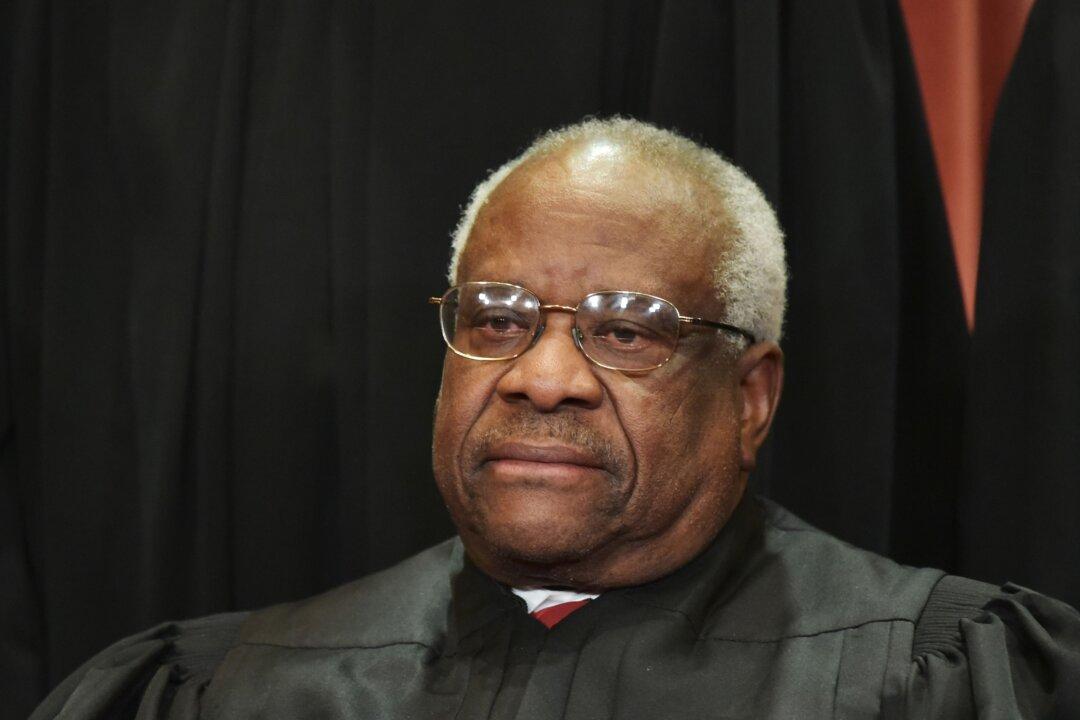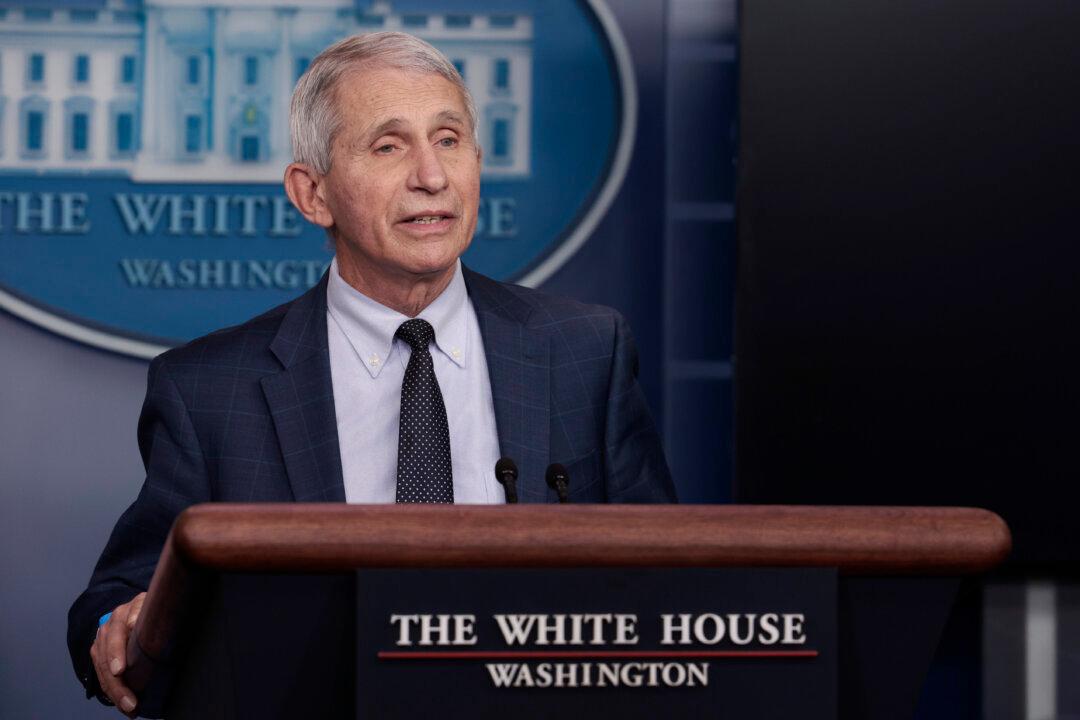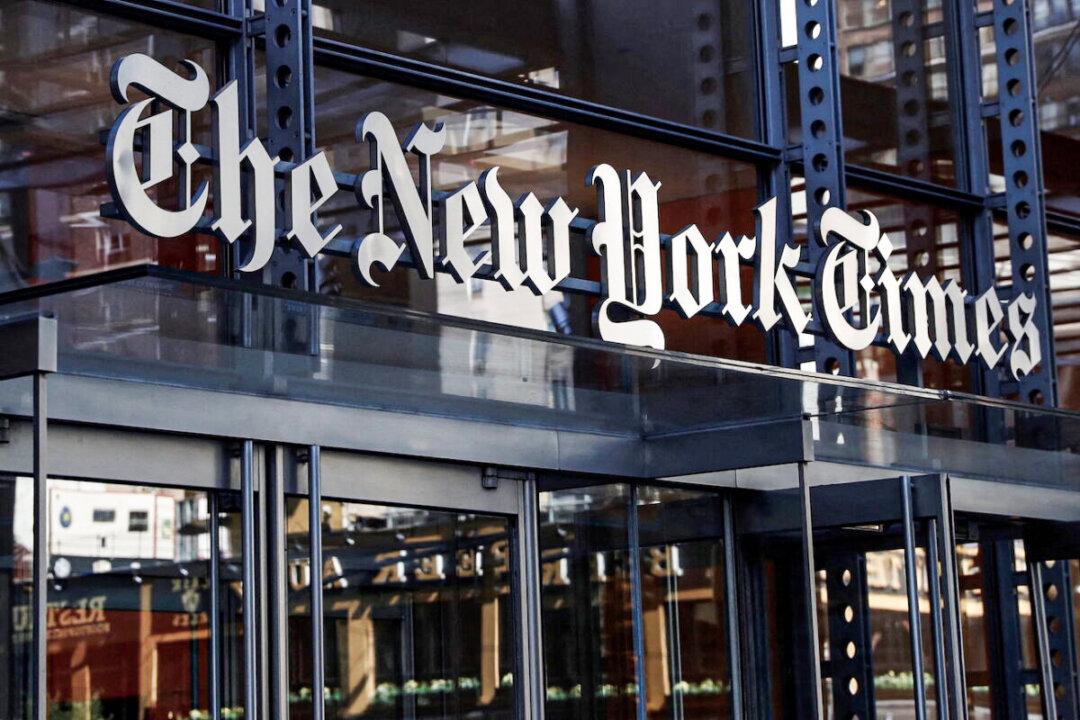Commentary
In 1964, the U.S. Supreme Court issued its decision in the case of Sullivan v. the New York Times, a landmark opinion regarding libel law and a gift to irresponsible and inaccurate journalists across the land. Issued during the civil-rights era—a time when many constitutional protections were unthinkingly tossed aside in the name of a higher good—Sullivan essentially gave carte blanche for media companies to attack public figures with legal impunity.





